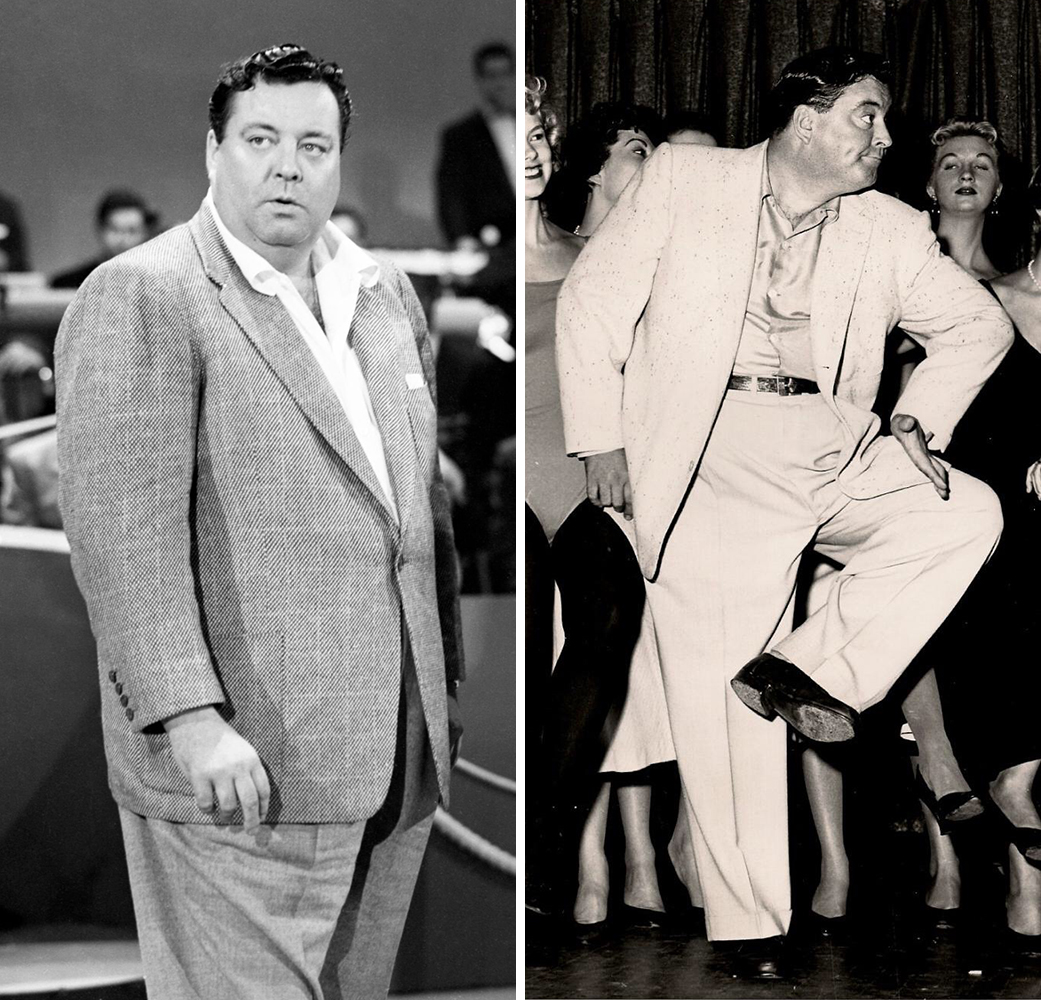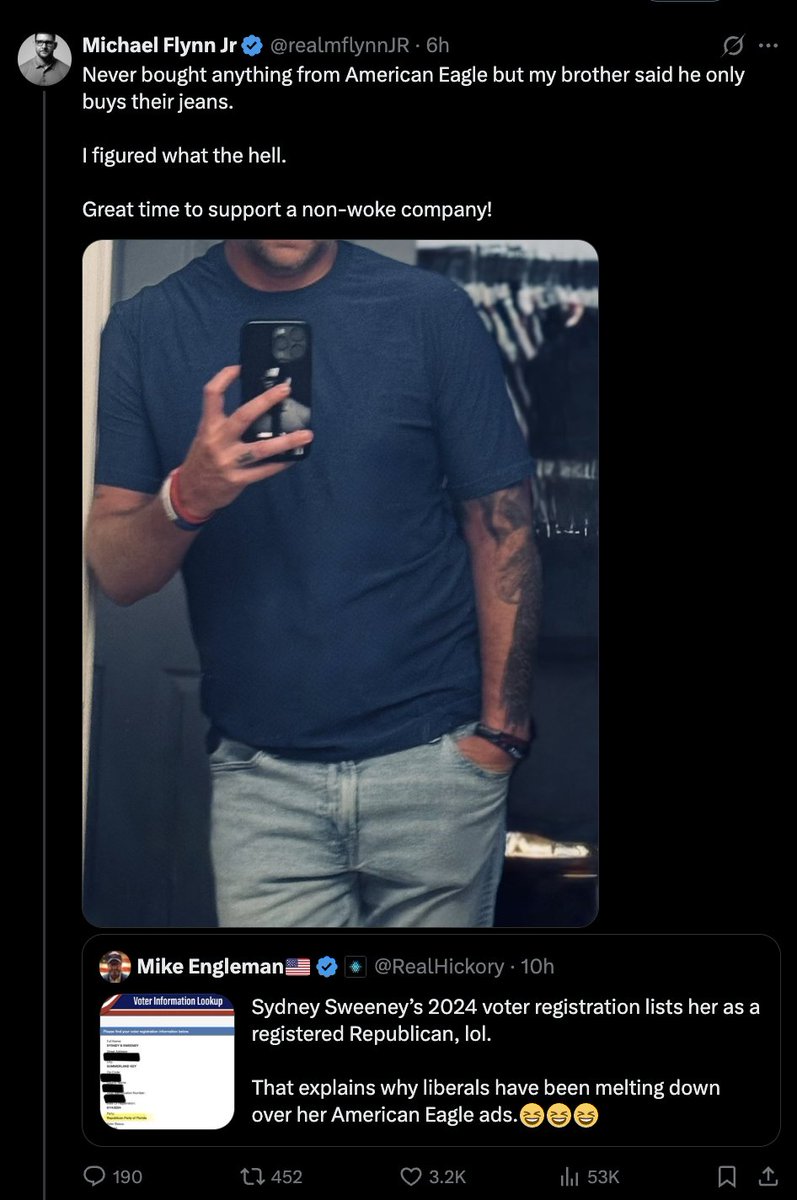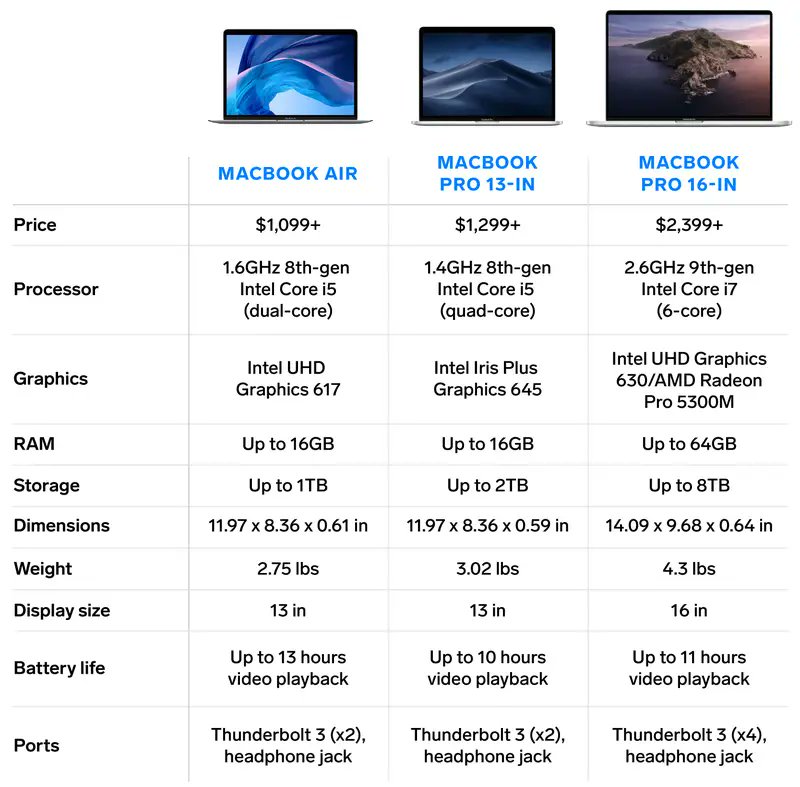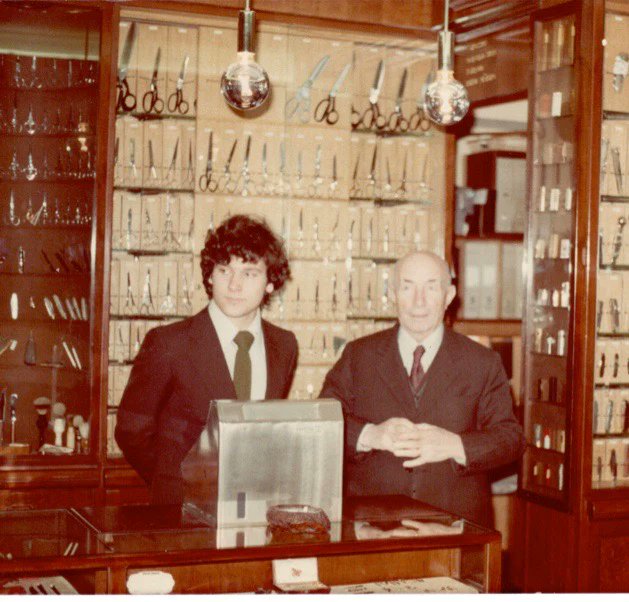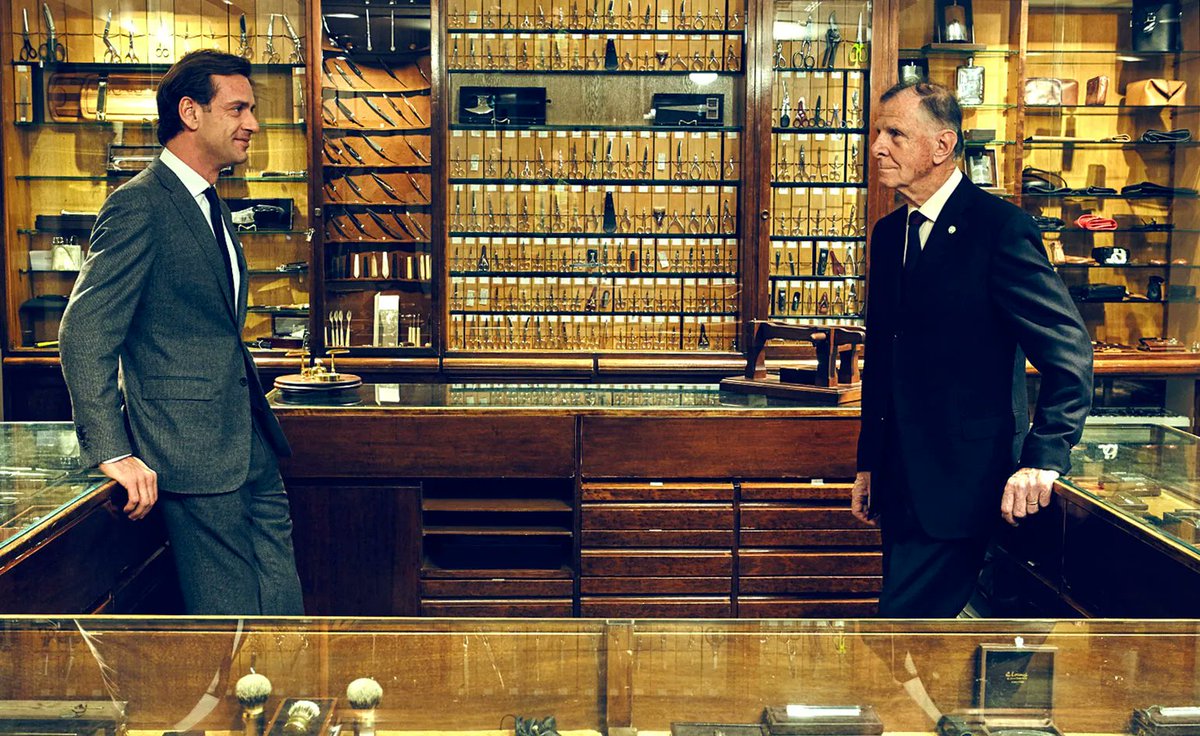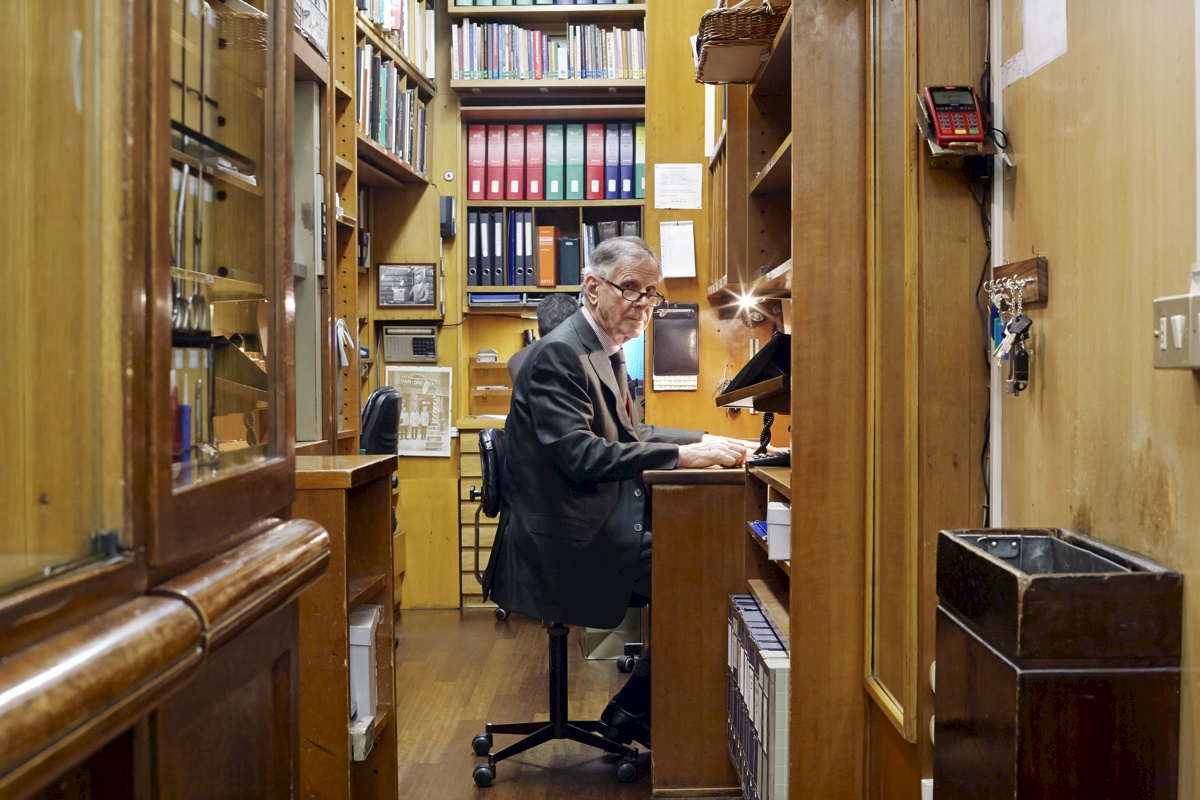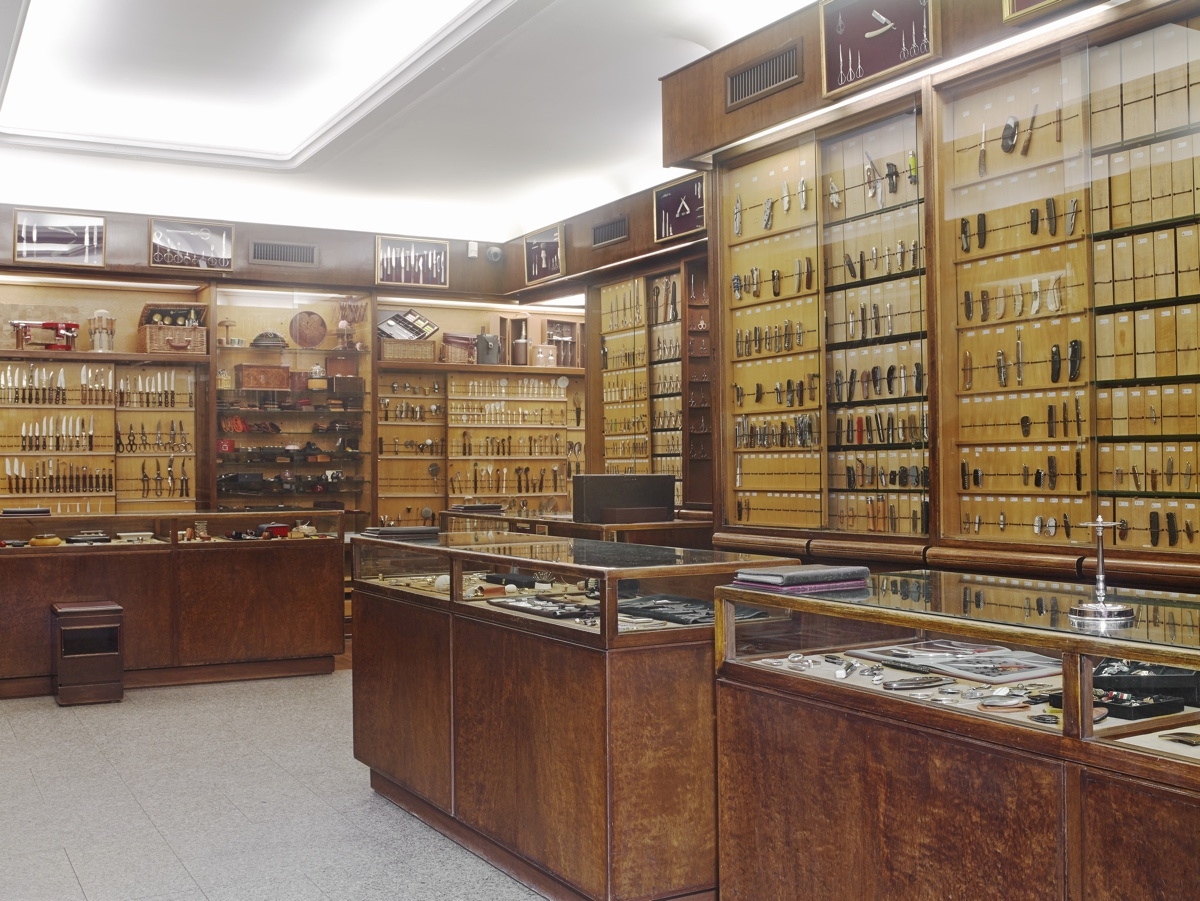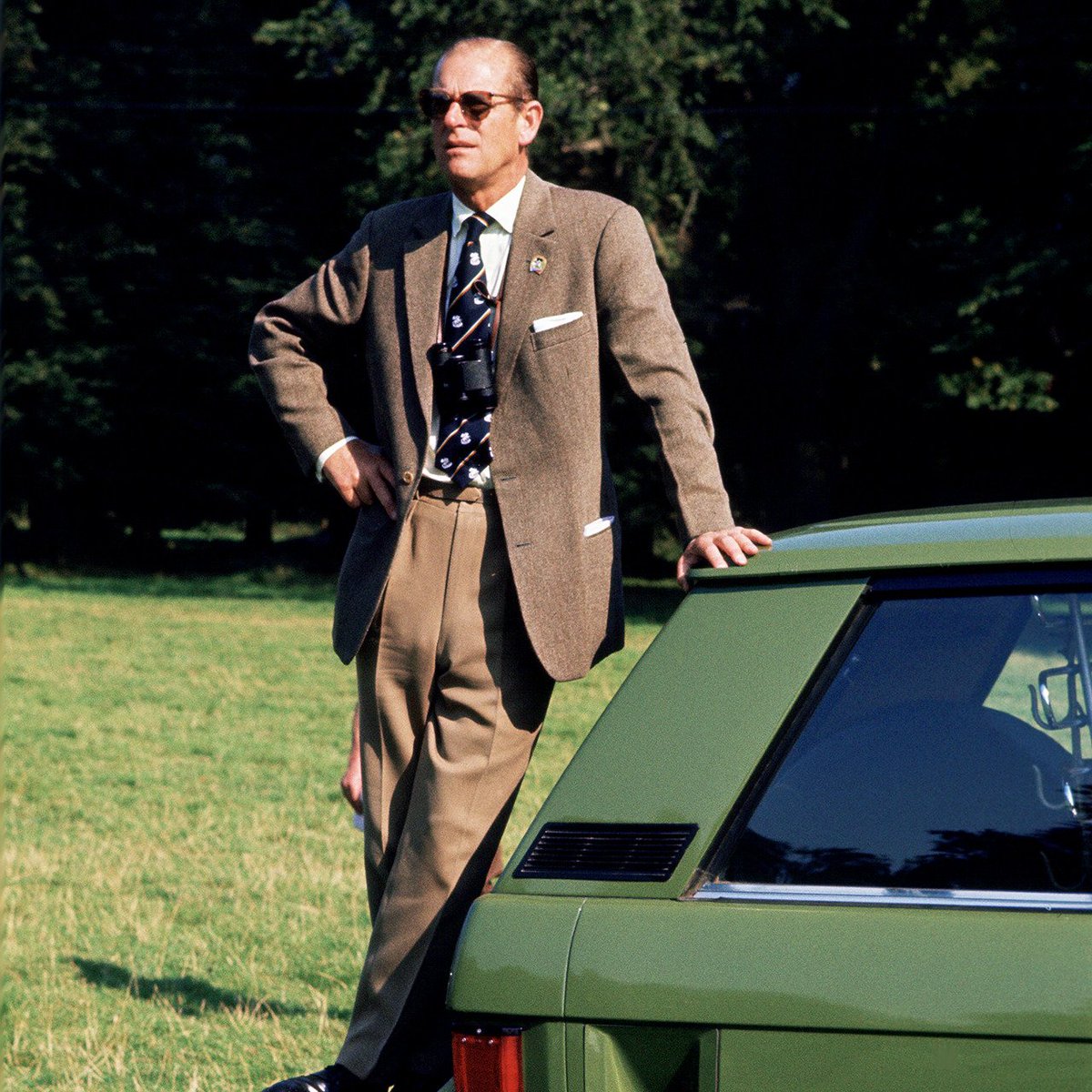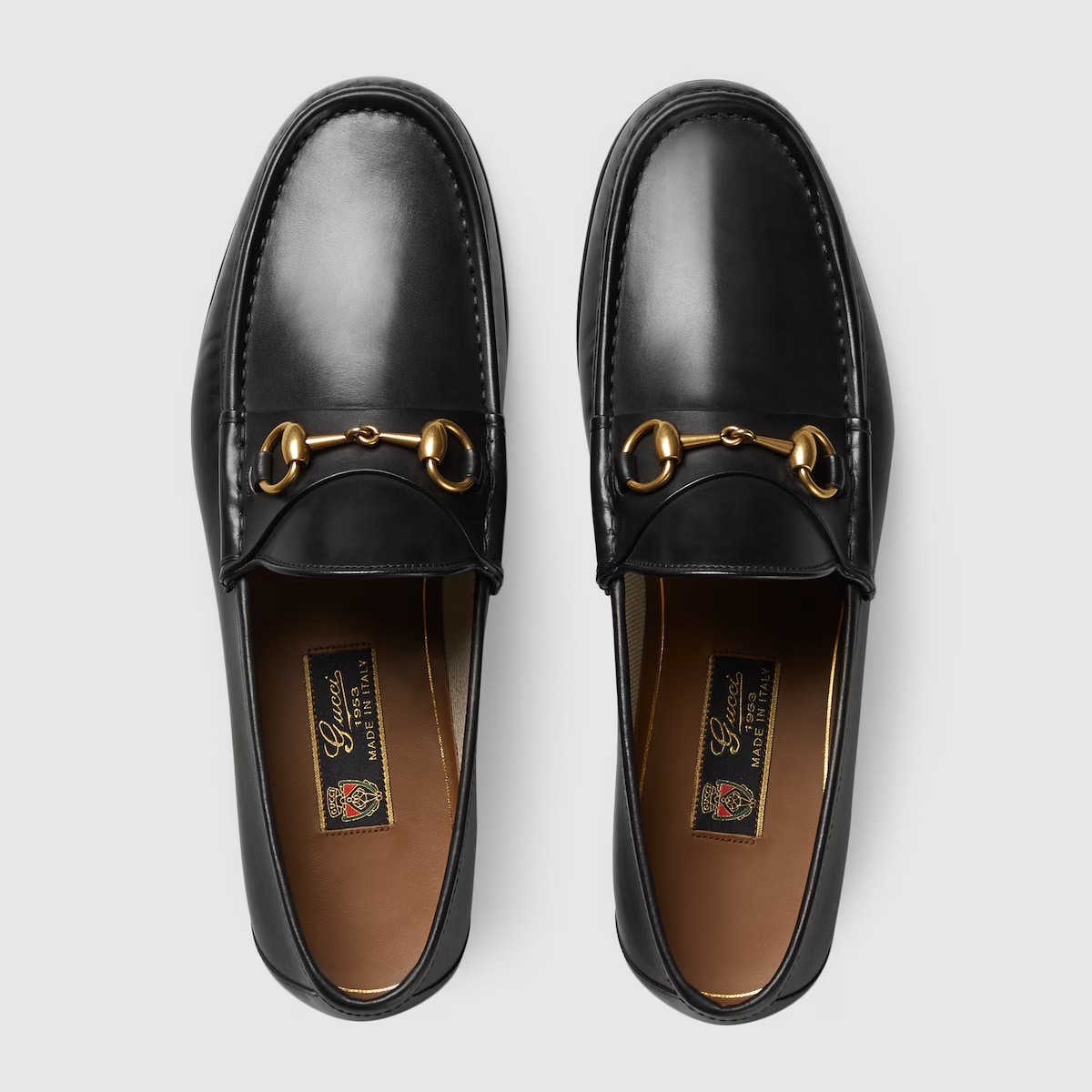WHAT IS A COLLAR GAP?
Some people have asked what's a collar gap and whether this issue can be fixed. So here's a thread on something basic you can check, whether you're buying tailored clothing or casualwear. 🧵
Some people have asked what's a collar gap and whether this issue can be fixed. So here's a thread on something basic you can check, whether you're buying tailored clothing or casualwear. 🧵

A collar gap is when the jacket's collar stands off your neck. See the gap on Jimmy Kimmell's white dinner jacket. A properly tailored jacket will have a neck that stays seated on the neck, especially when you're standing with your arms down (see the second man, Mark Cho) 




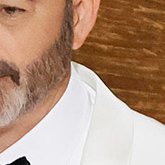


A collar gap shouldn't show up when you're standing still (if it does, don't buy the coat). But it also shouldn't show up when you're doing normal, everyday motions. Compare the collars on Jordan Peterson and Bill Nighy here, both in similar poses. 







When ppl first learn of collar gaps, they often call out small infractions. This is not a useful understanding of the concept. Sometimes the coat needs adjusting, or your neck is tilted forward. Nighy's suit here is beautiful, but a small gap shows up elsewhere. Be reasonable. 



The goal should be to avoid the most egregious of examples, like Ye's suit here.
Can you fix a collar gap? It depends on what's causing the issue. It could be that your jacket’s shoulders are more sloped than your own, or that the chest is too tight.
Can you fix a collar gap? It depends on what's causing the issue. It could be that your jacket’s shoulders are more sloped than your own, or that the chest is too tight.

Or it could be that your posture is more stooped than the jacket allows. Whether these things can be fixed depends on the cause, the severity of the problem, and how the coat is constructed. No way to know without going to see a skilled tailor. 



If your coat lifts off your neck when you move your arms, it may be that your armholes are too low. The distance between the lowest part of your armhole to the center of the back of your neck can control how much movement you get from a coat. 

I know some people at this point are saying, "Ok well I don't wear suits or sport coats." Collar gaps can also show up in casualwear! See these two black leather motorcycle jackets. The Ramones are wearing a jacket that's seated on the neck; the other man has a collar lifting up. 



Some casualwear styles, such as the mountain parka, are designed in such a way that the collar is never meant to be seated on the neck. Consider the style before judging whether the collar is intended to stay seated on the neck. 



The idea that the collar should hug your neck is a pretty basic concept in a lot of patternmaking. It stretches from classic casualwear to dark avant-garde. Pay attention to it next time you're buying outerwear, so you don't get stuck with something you dislike later. 



• • •
Missing some Tweet in this thread? You can try to
force a refresh








